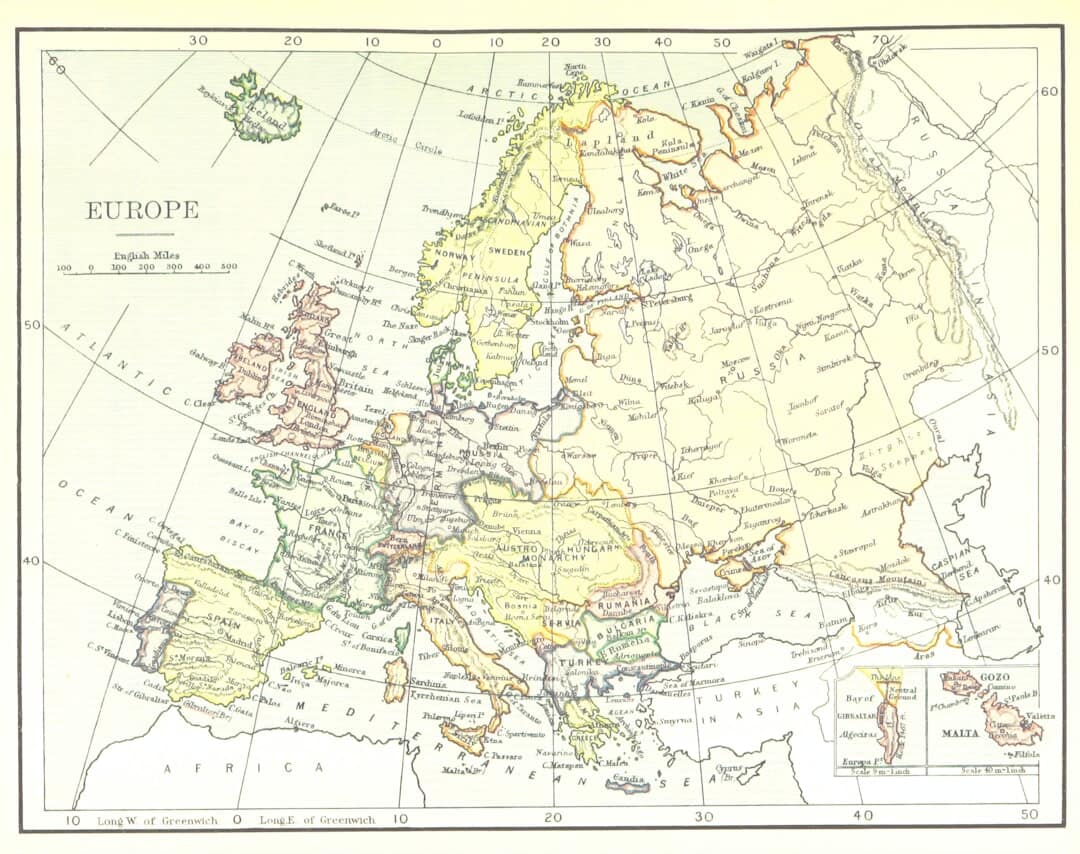Ever felt lost in a sea of competitors, unsure of where your brand truly stands? You’re not alone. Many startup founders, investors, and marketing leaders often grapple with understanding their brand’s position relative to the competition, and this is where a competitive positioning map becomes invaluable.
Think of it as your brand’s GPS, showing where you are, where you can go, and, perhaps most importantly, how you are perceived. This visual strategy is a powerful tool used to keep track of your competitive landscape. It helps you understand your market positioning and stay competitive.
Table of Contents:
- What Exactly is a Competitive Positioning Map?
- How to Draw a Positioning Map?
- Mapping Out the Benefits: Why You Should use These Maps
- Expanding The View: Adapting Beyond Simple Maps
- Crafting Smart Strategies Based On the Map
- Conclusion
What Exactly is a Competitive Positioning Map?
A competitive positioning map is a visual tool. Market researchers and companies use it to understand a brand or product’s place in the market relative to competitors.
This graph uses X and Y axes to compare qualities between a company and its competitors. The map shows options available to consumers, helping improve a product’s best attributes, such as quality management.
It uses a consumer point of view and helps view the marketplace objectively. A positioning map is helpful when introducing new products or brands, and conceptually, it will guide you with market segmentation.
The Primary Goals Behind Using Positioning Maps
The core objective of a positioning map is simple: to see where your company ranks. It reveals how customers view your brand compared to the alternatives.
This simple chart is incredibly powerful. It gives you a roadmap to make informed decisions, find untouched market segments, and understand your product positioning.
It also helps learn from others’ success (or failure) and maybe you will re-evaluate where your brand needs to be. Think of a positioning map as a way to keep score and measure customer satisfaction.
Key Components of a Competitive Positioning Map
The positioning map usually consists of two intersecting axes (vertical and horizontal). At the end of the lines are the minimum and maximum values for each parameter.
Consider your target demographic’s attributes. What do customers find relevant when shopping for your product, and how does this relate to your overall marketing efforts?
Every part of your offering gets compared against competitors. Try using multiple attribute sets; multiple perception maps could give you more insight on customer demographics and inform your business strategy.
How to Draw a Positioning Map?
Here’s where you turn raw ideas into action. Take a sheet of paper and draw a cross representing the two axes, X and Y. On the X-axis, measure something such as “quality.”
On the Y-axis, measure something different, like “price.” Then, assign attributes and divide this diagram.
Here are the four quadrants you can choose for your data:
– X right with top Y: high quality and high price
– Right X with lower Y: high quality and low price
– Left X with lower Y: low quality with low price
– Left X with top Y: low quality with high price
Place companies on the map. You then see how you compare against the rest, based on how your target audience perceives the product or service.
This overview offers visual insights on positioning based on what buyers want. But attribute choices depend on product, company, or brand comparison.
Choosing the Right Attributes is important.
What are you really comparing? Is it ease of use or style? The choice makes or breaks this chart and affects your brand perception.
This all relies on your company’s situation and goal. Different attributes will give different results, especially on something more customer-driven, highlighting the importance of target audience analysis.
Customer research needs to play a role in this step of the process. You must perform a thorough competitive analysis.
Mapping Out the Benefits: Why You Should use These Maps
This is about gaining a strategic edge. Understanding customer perception and competitor strengths can influence marketing strategies, helping to make your product more appealing.
Here’s the thing: if the market seems overflowing, these maps can show if you even have a spot. With so much stuff being pushed into people’s lives, this tool can highlight potential customers for different areas of the market.
But, it’s crucial to approach these insights correctly. Marketing should never be stagnant, and things change quickly. You need to understand competitor analysis.
Here is a short list to consider to give more support. These maps should constantly be changed as they happen:
• Understand what your customer’s want
• Know what customers believe about you
• Know that you have to be aware of industry trends
• Study recent customer comments. What has changed?
Possible Downsides: Understanding the Limits
While useful, the map only compares two factors. Purchase decisions usually involve many elements. So while a positioning map can tell you if a brand is high-priced and low-quality, it might not tell the whole story.
Perception is crucial, and sometimes consumer insights can be costly. This process needs investment.
Also consider the fact this method doesn’t measure some factors. These tools show one view, and opinions don’t always translate on these types of tools. Strategic positioning is essential here.
Expanding The View: Adapting Beyond Simple Maps
Sometimes two factors just won’t get it done. Instead, look at larger corporate images, including a SWOT analysis.
Try more extensive factors. For example, don’t just look at price and features. Instead add product development to it.
Consider this scenario: what about ease of use for different customer types? This extra viewpoint shifts everything and may uncover pricing strategies.
Sometimes a narrow viewpoint fails to spot emerging markets. The answer may be changing up your variables. Change your map or change the market to enhance customer engagement.
Competitive Positioning In Action
Here are examples to consider when you do more mapping. These include competitive intelligence.
| Company | Product | Primary Focus (X-Axis) | Secondary Focus (Y-Axis) |
|---|---|---|---|
| Luxury Auto Maker | High-End Sedan | Prestige/Status | Performance |
| Budget Airline | Flights to Popular Destinations | Low Price | Convenience (direct flights) |
| Tech Startup | Fitness Tracking App | Simplicity/Ease of Use | Innovative Features |
| Restaurant | Food Quality | High-End Dining | Affordability |
Crafting Smart Strategies Based On the Map
So you have the visuals of a positioning map? Here are strategies for how to handle situations with improved value proposition.
Say your pricing looks too high against lower-cost rivals. You are forced to adjust the price.
Or say multiple competitors sell on being ‘customer-friendly.’ That might prompt examining areas for improvement and customer comments, which are great for marketing communication. Highlighting features important to the core buyers is essential.
Going Further With Competitive Mapping
Now, think beyond your initial goals, because consistent change drives adaptation. If things seem easy, the market likely found gaps and opportunities to fill them. Be ready for market research.
Consistent improvements can bring more awareness. But sometimes, the real action may come off the grid with market opportunities.
Conclusion
Think of a competitive positioning map as more than a tool; it’s an essential strategy for the consumer perception of product awareness. Understanding customer preferences shapes your market strategies and informs go-to-market strategy.
Adapting the matrix frequently is key. Stay flexible and ensure effective communication. But more, staying one step ahead in fast markets requires adaptability and competitive landscape understanding.





